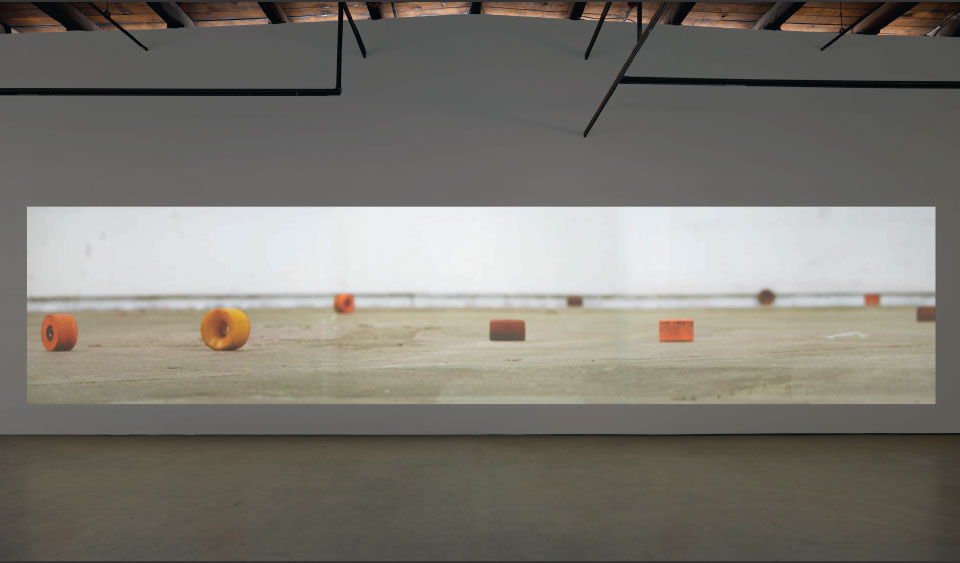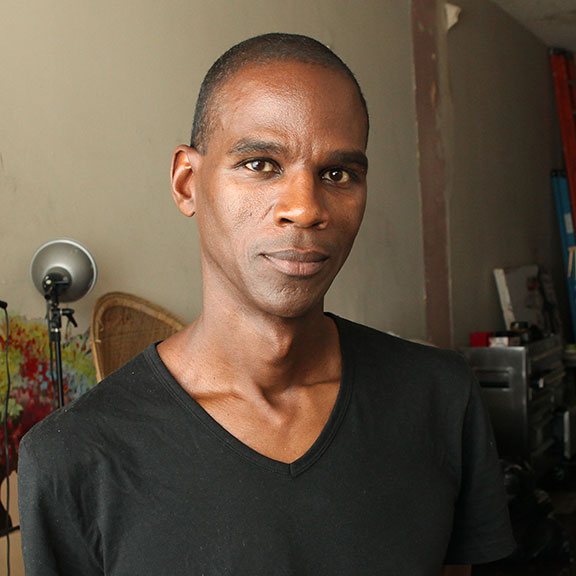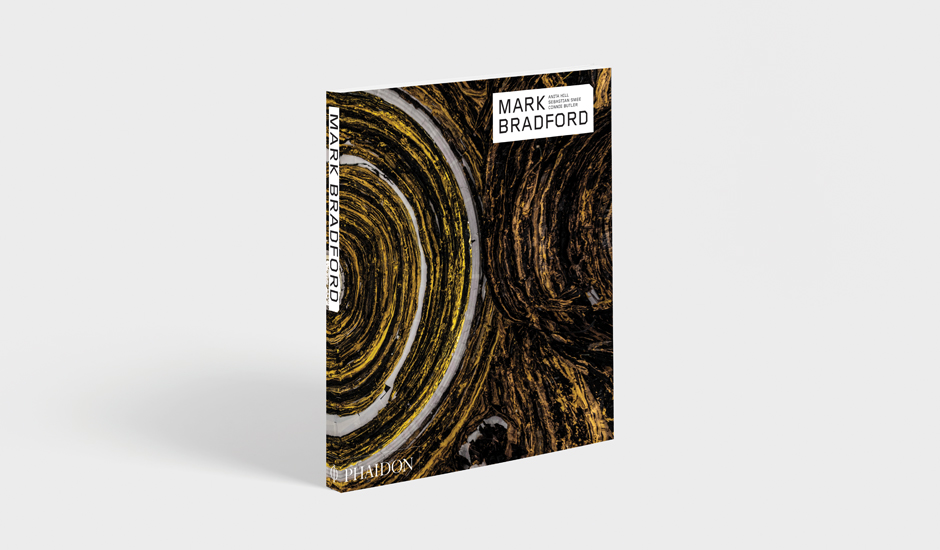
Did you see Mark Bradford at the roller disco?
Here’s how the LA artist drew on club culture and the AIDS epidemic to create one of his most moving works
“As he grew older and became more aware of his sexuality, Mark Bradford began to frequent LA discos and drag clubs,” writes Sebastian Smee in our new book on the artist, “relishing the chance to perform and to walk the clubs’ runways."
Unfortunately, Bradford’s youth more or less coincided with the AIDS epidemic, and not all the 57-year-old artist’s recollections from this period are happy ones.
“Bradford has vivid memories of driving virtual strangers from hospital wards back to families who had long ago discarded and denied them,” writes Smee. “He would knock on the parents’ doors, presenting to them their own disavowed sons, whom he had brought home to die.”

When, years later, Bradford’s gallery, Hauser & Wirth, took over a New York building that once housed the famous Roxy roller disco in New York City, the artist chose to commemorate this time spent in such places, in a new, powerful work.
{media1}
“In 2015 he made a video called Deimos, a kind of memorial to those days,” writes Smee, “and to the devastating loss of so many to AIDS in the 1980s and beyond. To the sound of disco icon Sylvester’s 1978 track ‘Grateful’, slowed down to half-speed, the video shows orange and brown wheels detached from skates rolling around Bradford’s studio until all of them crawl to a stop. Sylvester died from HIV-related complications in 1988.”
It’s a simple, poignant work that demonstrates how Bradford, although best known as an abstract artist, can also use music and found objects to create profound video work too.
“I just really started to think about the Roxy and how we lost so many people around that time,” he told the New York Times in 2015. “The play between something super violent and something super beautiful: that’s where it came out of.”

To discover more about this award-winning contemporary artist, order a copy of our Mark Bradford book here.